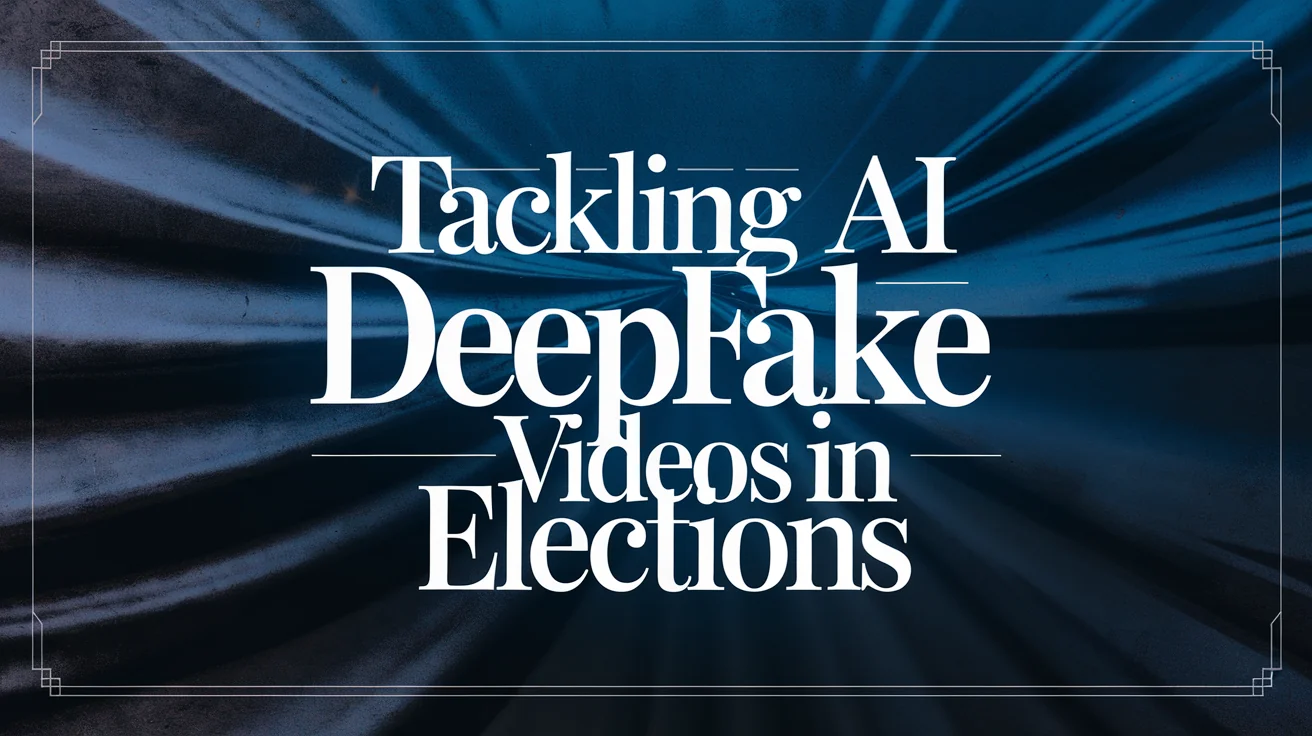Tackling AI Deepfake Videos in Elections

The head of the Electoral Commission, An Coimisiún Toghcháin, recently described the challenge of combating election-related deepfake videos as akin to playing a game of “whack-a-mole.” This alarming analogy highlights the daunting task of addressing the rampant emergence of deceptive AI-generated content across social media platforms.
During a session with the Oireachtas Artificial Intelligence Committee, Art O’Leary discussed the implications of these technologies on elections. He pointed out that deepfakes can produce convincing video and audio representations, making it appear as though individuals have made statements or taken actions that they have not. A striking example was provided when, just days before last month’s Presidential election, an AI-generated video falsely showed Catherine Connolly announcing her withdrawal from the race.
When questioned by Fianna Fáil TD Naoise Ó Cearúil about whether increased authority could have helped preempt such misinformation, O’Leary noted the complexity of tracking the origins of deepfakes. “It’s hard to get ahead of it because we don’t know where it’s coming from; this is whack-a-mole really, they pop up all over the internet,” he said. Nevertheless, he expressed satisfaction with the response time, revealing that they managed to identify and respond to the video within minutes of its online appearance.
O’Leary also highlighted a working relationship with platforms like Meta, although he acknowledged that not all actors are equally cooperative. Jeremy Godfrey, Executive Chairperson of the media regulator Coimisiún na Meán, provided insight into their approach after the deepfake incident involving Connolly. He stated, “When this came to our attention, we also were in touch with the platforms. Our role is not to ask for it to be taken down but to understand if the platforms acted in an appropriate manner and we are still evaluating that.”
Godfrey further mentioned that they intend to conduct their own evaluation of the electoral process and submit findings to the European Commission, which holds enforcement responsibility in such matters.
Malcolm Byrne, Cathaoirleach of the Committee, underscored the dual-edged nature of AI technologies, impressing that while it enables greater public access to accurate information, it simultaneously increases the risk of misinformation. He stated, “With the use of AI, the possibility of orchestrating false narratives and misinformation has grown.” This sentiment resonates deeply in today’s digital landscape, where the balance between information integrity and disinformation remains precarious.